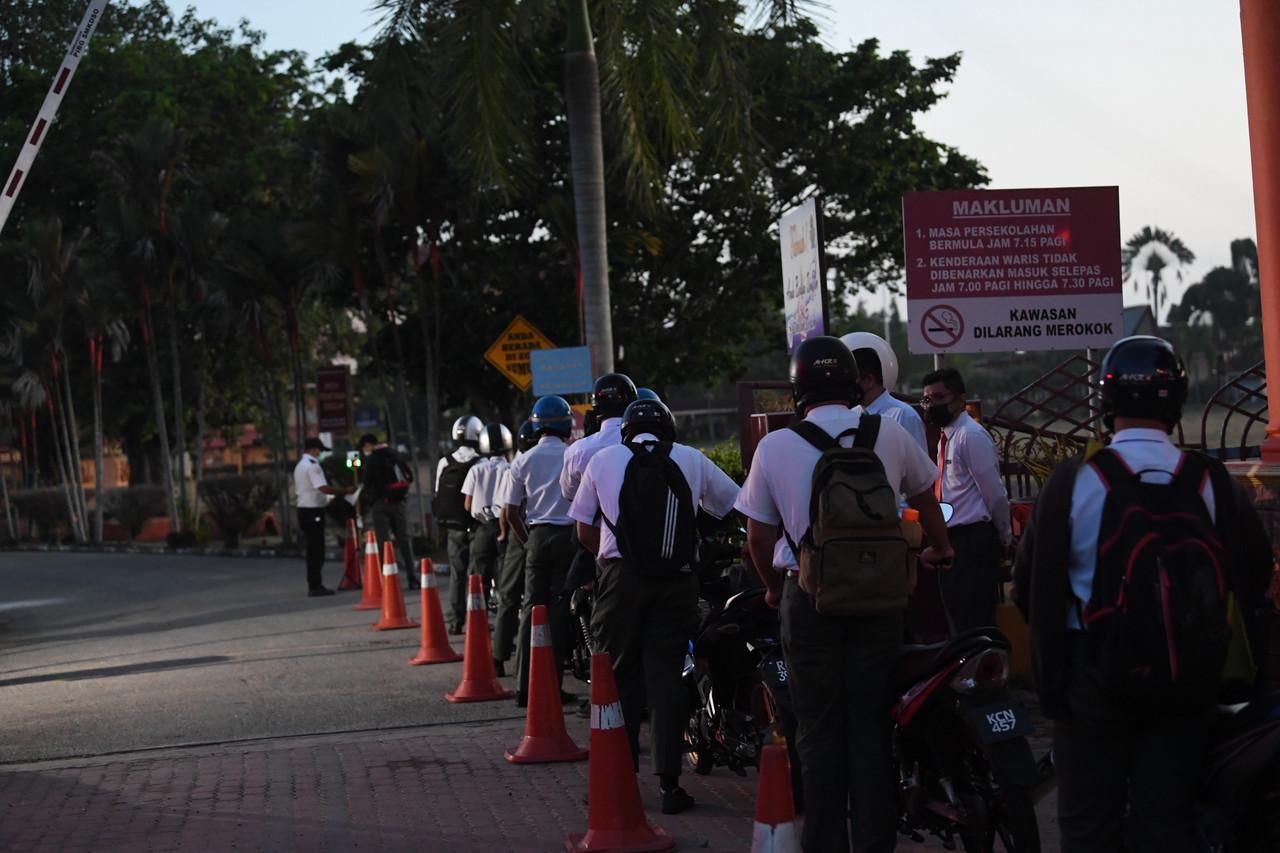Thousands start school – at home – but problems persist
Lack of devices and internet access are some of the biggest setbacks to the implementation of online learning.
Just In
Tens of thousands of students start their school year today through online learning, more than two months after classes came to an abrupt halt in the wake of a fierce spike of Covid-19 cases.
Primary and secondary school students up to Form 3 will follow home-based teaching and learning (PdPR), while Form 5 and 6 students will attend school physically.
The online learning method still faces several problems, with one study citing issues related to students’ attention as well as a lack of devices and internet infrastructure among the two biggest setbacks.
The study by Universiti Kebangsaan Malaysia’s (UKM) Faculty of Education found that student attendance was below 80%.
Many are also unable to focus on their lessons due to the unconducive atmosphere at home.
The study also found that about half of teachers are not comfortable conducting online classes.
It said only 50-60% of teachers have the IT skills needed to do so.
Azlin Norhaini Mansor, who heads UKM’s Centre of Education Leadership and Policy and who also led the study told Bernama that the online teaching method was less effective as it did not correspond with the competency and learning levels of the students.
She said even with sufficient devices and good internet access, teachers, students and parents face constraints and difficulties in implementing online learning.
“The students find it difficult to understand what is taught to them online due to the one-way communication… they can’t ask questions or seek clarification.
“In such instances, their parents have to tutor them and help them to complete their exercises,” she told Bernama.
Many parents are also unable to help as they too are working from home due to the movement control order.
Azlin called for the creation of virtual schools using media channels such as television, radio and even Netflix and Astro to broadcast lessons.
“The teachers can come up with a schedule to teach two subjects for up to four hours a day,” she said, adding that anything longer than that could make students lose focus as they stare their screens for too long.
National Parent-Teacher Associations Consultative Council president Mohamad Ali Hasan welcomed online learning, saying it is the best approach in the current situation.
But he said one issue to be addressed is access to broadband internet access in rural and remote areas.
“What students really need to help them in the PdPR sessions are comprehensive and tested e-guidebooks. Effective monitoring and evaluation (of the students) is also required. These are the constraints the authorities must address systematically,” he told Bernama.
Ali proposed the creation of a PdPR referral centre at every district and state education office to deal with issues related to online classes.
“A special officer should also be appointed to coordinate and plan PdPR, not only now but also after the pandemic has ended,” he added.
Subscribe to our newsletter
To be updated with all the latest news and analyses daily.
